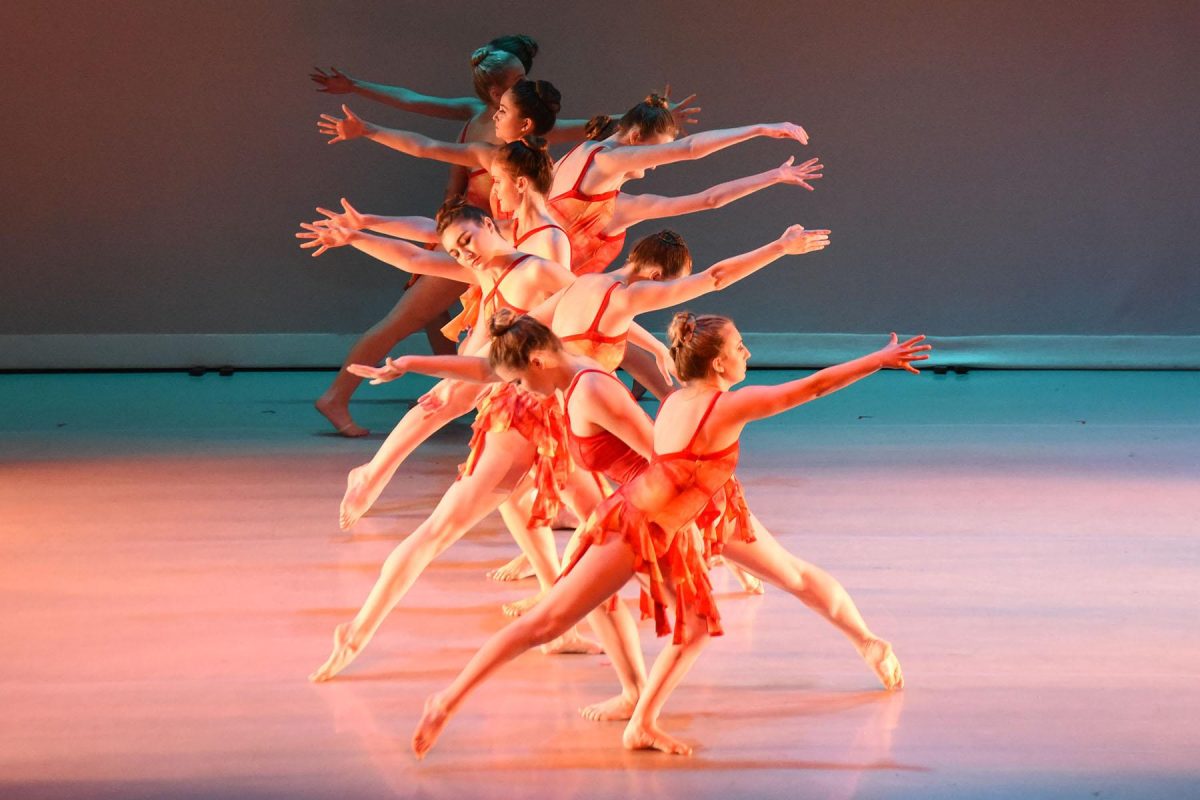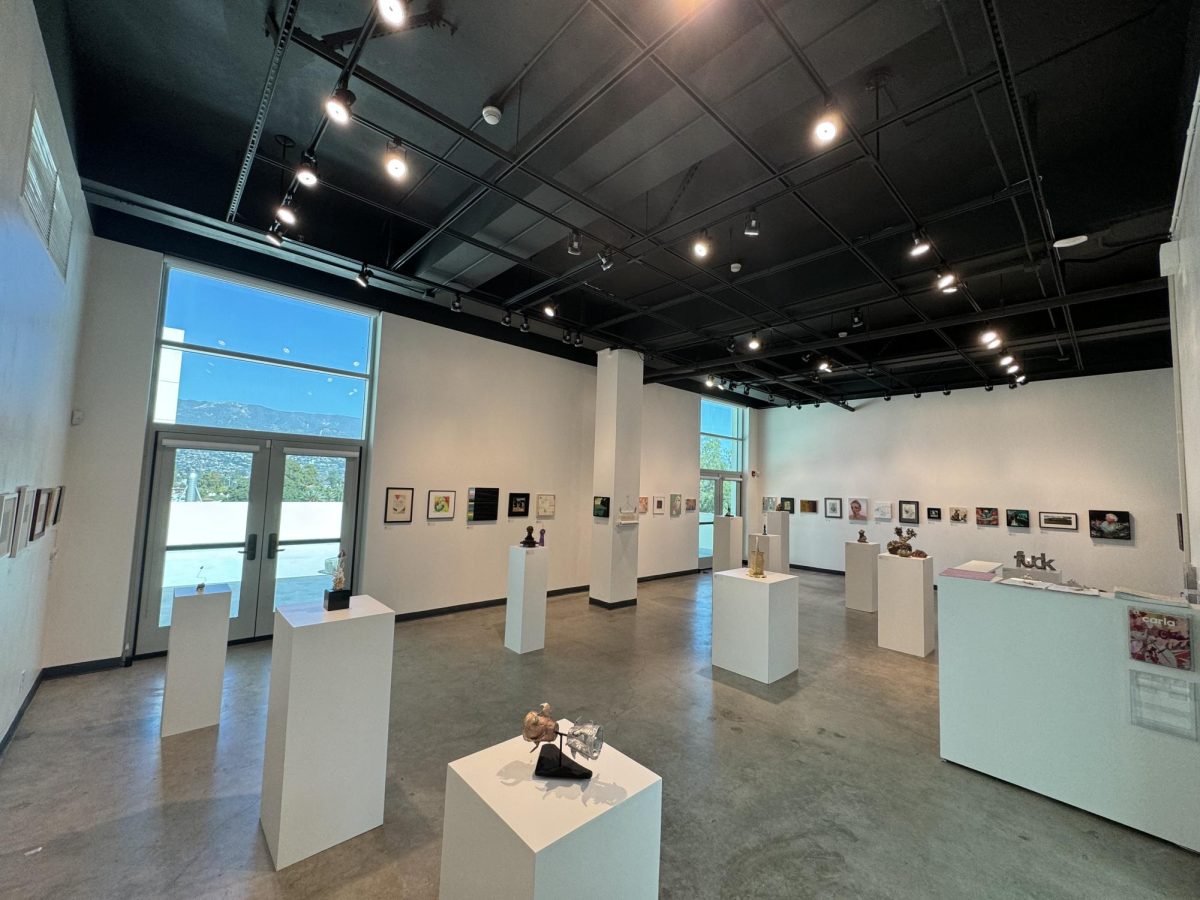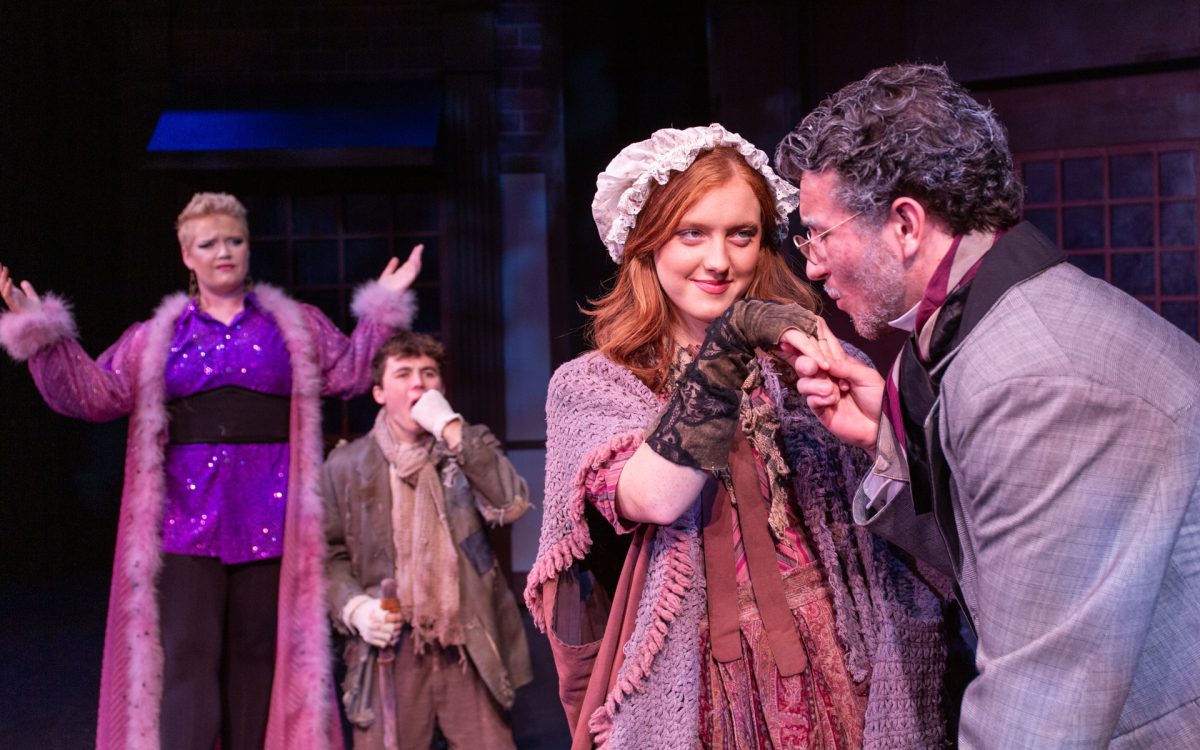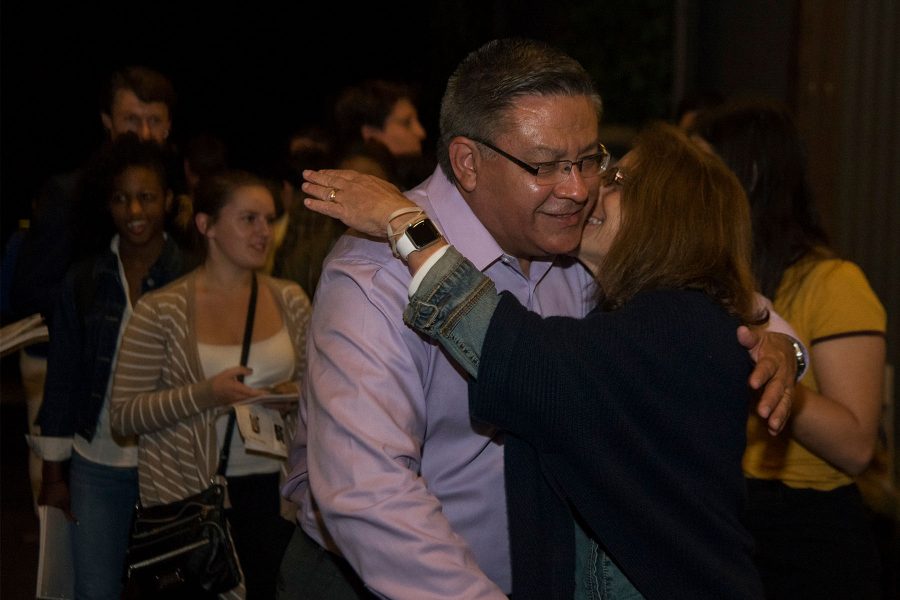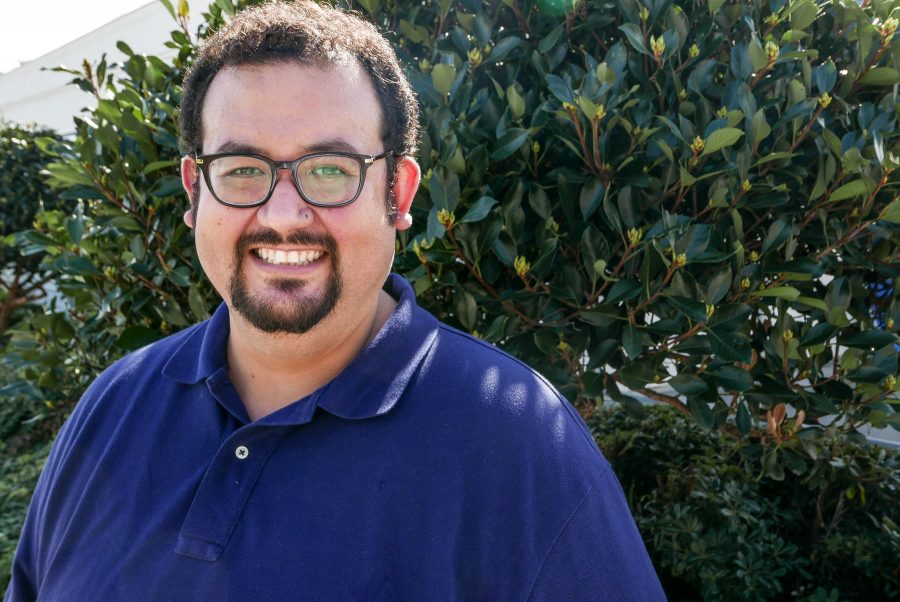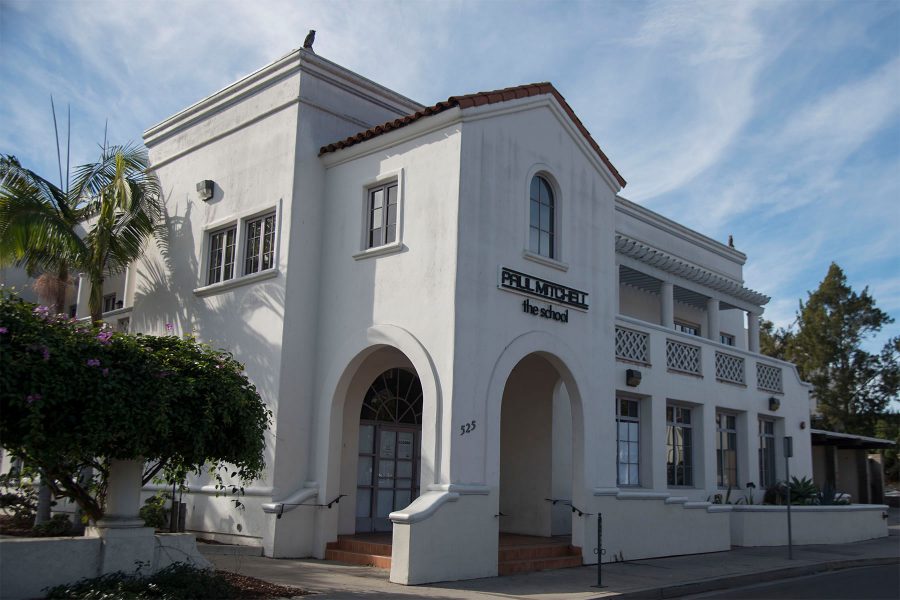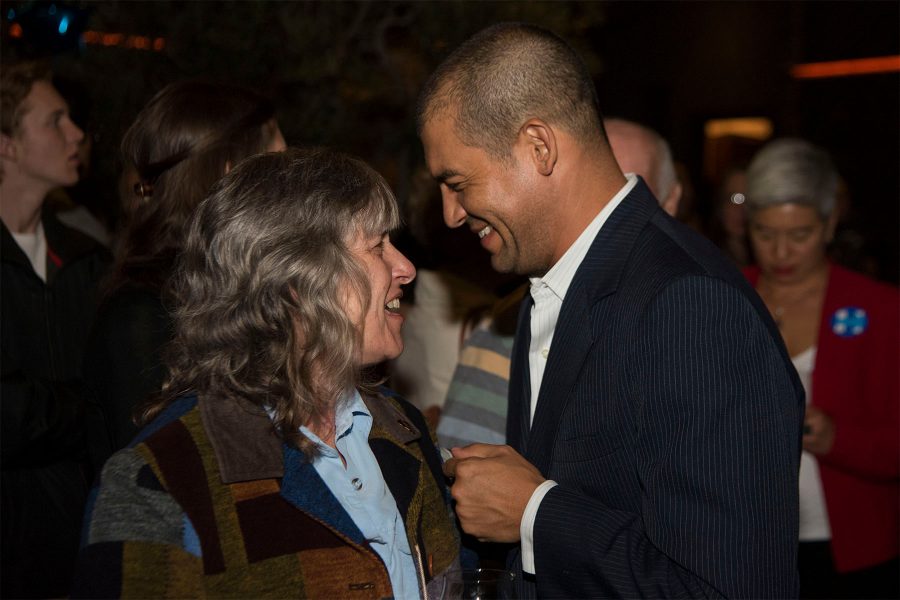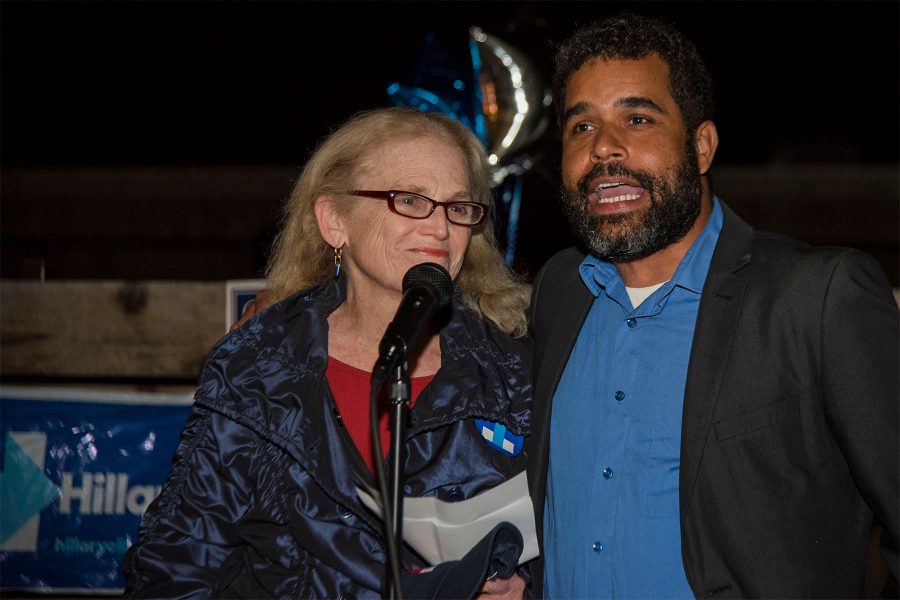As she spins the wheel, flicks of clay land on her legs and arms. The clay is quickly transforming from a block of organically–shaped greyness to a detailed and modern serving bowl.
The 22-year-old City College ceramics student Marla Mockus starts with her sketchbook where new ideas spring up.
“To start a project, you basically start with your sketchbook and kind of sketch down ideas. I kind of select inspiration from everyday life, about things I want to do,” she said.
The artist says she doesn’t like to go directly from sketch to start but rather use the concept to take it somewhere beyond the realm of simplicity.
“Instead of going straight from the sketches, I am kin of ad-libbing as I go. While I am making a project in the creative process— ideas just pop in my head. And I will just elaborate from that,” Mockus said.
Currently she is working on a set of dinnerware that will be used for her family’s Thanksgiving table set.
“Mostly when I think about Marla, herself and her work right now, she has made this really clear,” said Christopher Bates, ceramics instructor. “She has this clear dedication to her work.”
Her newest venture is creating hundreds of glazed bowls and plates, which have led her to selling them to a local business, the plant-based restaurant, MESAVERDE.
Mockus’ bowls are used to plate several dishes— such as Ras el hanout linguini, house-cured olives and raw vegan creations.
It all starts with clay. A big block of it that is ready to be manipulated into any shape, form or figure.
After the pieces have been sculpted, she rubs wax resistant on the bottom of the pieces to avoid them getting stuck to the kiln’s surface.
From this point, after the piece has finished drying, it’s time to choose colors.
“Basically with glazing, you can make it a very extensive project. It is almost a project in itself, just getting glazes together that you like,” said Mockus.
The pigments are made from chemical compounds. Nickel carbonate, cobalt carbonate and red art clay are used to establish various colors. After this, high fire glazes are chosen. From shaner green to Oregon yellow to blue ice, an array of options are available.
“And her work is more accomplished, understanding glaze, firing and that really helps,” said Bates.
Sometimes this process can be deceiving. The colors look very different before and after the firing process, so the artist is careful in choosing colors based off of already-made templates— as well as choosing things based off spontaneous choices.
The firing process involves bringing glazed clay up to very high temperatures. The goal is to heat the object until the point of “maturity,” in other words, their maximum level of melting on the molecular level.
The kiln is cleaned, vacuumed and checked for breaks or any needed repairs.
The shelves inside the kiln are loaded full, separated with what is called “kiln furniture” to create leveled surfaces.
The pilot light is lit and the waiting begins, while having to constantly check on it to avoid any mistakes or accidents.
The kiln reaches high temperatures and ultraviolet glasses are used to see.
Once the kiln is cool enough to unload the pieces, Mockus and the other ceramics artists carefully begin the process one by one.
“Opening the kiln and getting out your pieces, everyone in the ceramics lab always say its like Christmas and your birthday but better. So its really exciting to open the kiln and see the final project,” said Mockus. “It takes a lot of time and effort. S o it’s really gratifying seeing all that come out into a beautiful creation.”
The whole experience is a meditative one for her and it seems just that way when walking through the ceramics studio any day of the week.




